
Why Clothing Brands Fail
Top Different Types of Shirts for Women and Men Top Different Types of Shirts for
Do you ever wonder why certain sportswear feels more comfortable, lightweight, breathable, and durable than others? The secret is in the fabric. The right and best fabric for sportswear can make all the difference in your sports performance, comfort, and confidence. Therefore, selecting the best fabric for sportswear is a critical step in designing and manufacturing high-quality athletic apparel. As an athlete, you want to be sure that your sportswear can handle the rigors of your activity, without weighing you down or causing discomfort.
In this article, we will guide you about everything including, what type of fabric is used for sportswear, best fabric for sportswear, and how to select fabric for your sportswear needs. Buckle up and get ready for a wild ride.
You don’t have to be an pro athlete to understand that selecting the right fabric plays a crucial role in the quality of the athletic apparel you’re wearing and what fabric is best for sportswear. Choosing the wrong fabric may weigh you down, cause discomfort, and ultimately impact your overall performance.
The ideal fabric will regulate your body temperature, prevent odor, wick away sweat, provide support, and enable your movements. Whether you’re into winter sports or summer activities, your sportswear is only as good as the fabric it’s made of.
Several factors come into play when selecting the best fabric for sportswear. These factors will help you choose which fabric suits your needs best, enabling you to perform at your best level.
The ability to pull moisture away from your skin and transport it to the surface of the garment, allowing it to evaporate quickly.
Fabric that can allow air to flow through, helping regulate your body temperature and prevent overheating.
Athletic wear must withstand the rigors of regular use and washing, without sacrificing its quality, performance, or appearance.
Fabrics that provide a full range of motion for your activity, maintaining their shape and form even after multiple uses.
Soft, lightweight, and irritation-free on the skin, providing you with the comfort you need to stay focused on your activity.
UV-protected fabrics help prevent sunburn and protect your skin from harmful sun rays.
The fabric can make or break the quality of your sportswear. Understanding the different types of fabric used in sportswear, so can help you choose the right one for you and you will better understand what is the best fabric for sportswear thats specific to your needs.
Synthetic fabric known for its moisture-wicking and quick-dry properties, durability, and affordability.
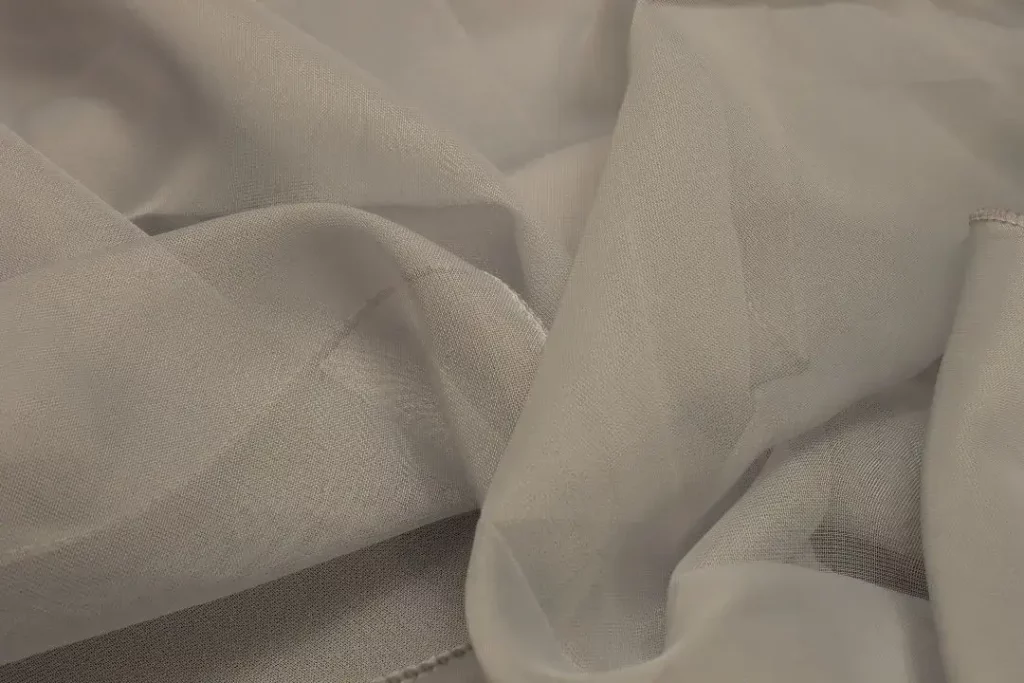
Synthetic fabric popular for its lightweight and breathable properties, durability, and resistance to abrasion.
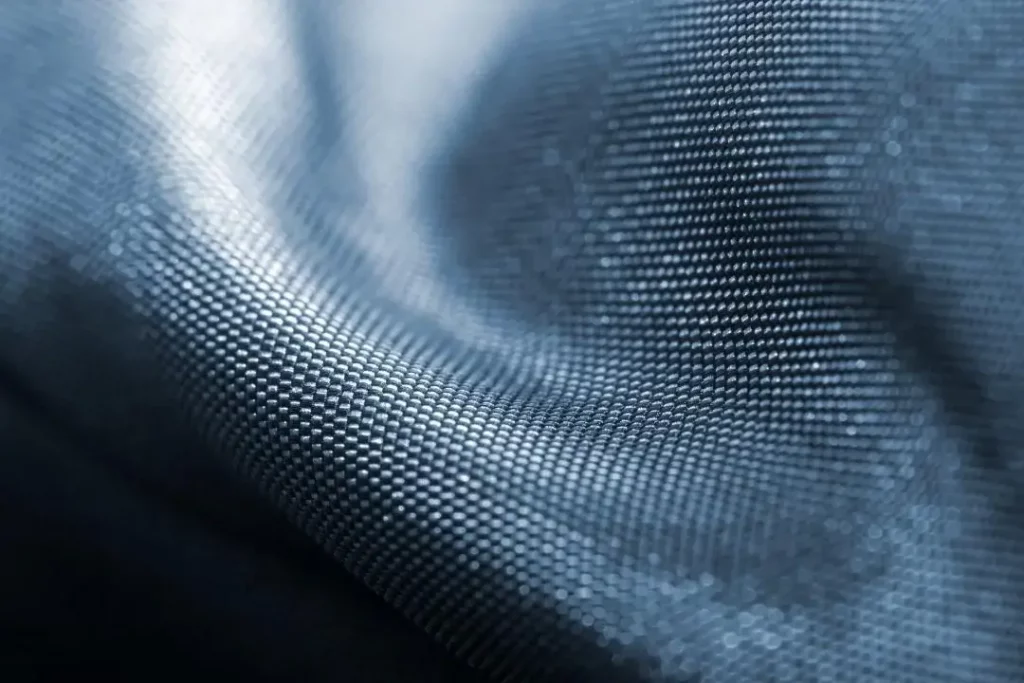
Synthetic fabric well-known for its stretch and flexibility properties, used in support of other materials to enhance comfort, fit, and shape retention.

Natural, soft, breathable fabric known for its antibacterial feature ideal for sports apparel that will be exposed to a lot of sweat.
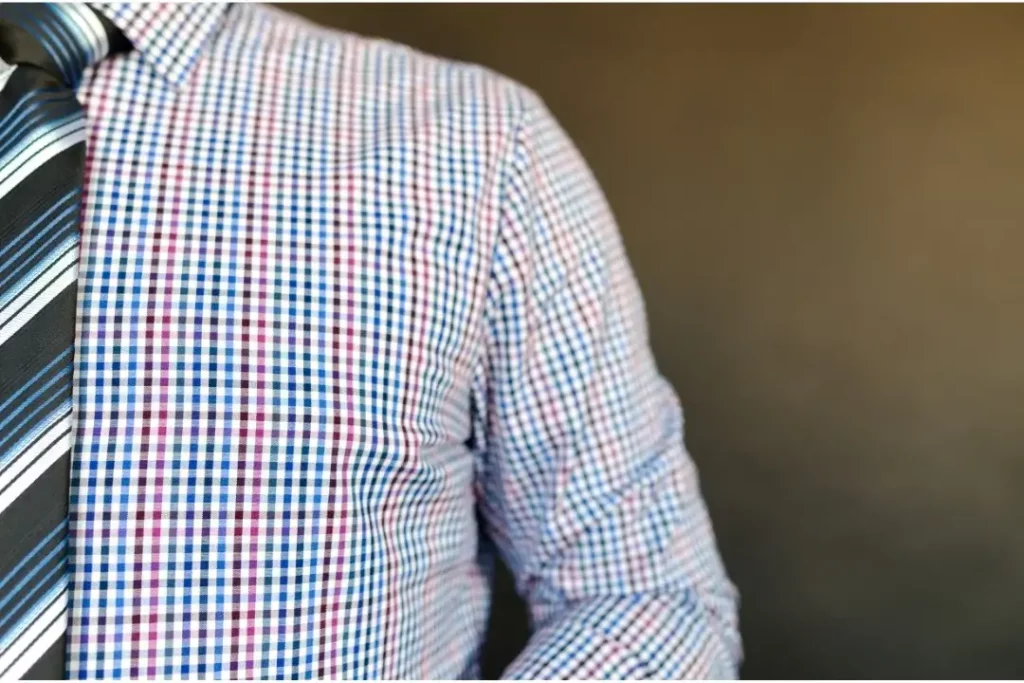
Natural, moisture-wicking, and breathable fabric ideal for cold weather sports due to its insulating property.
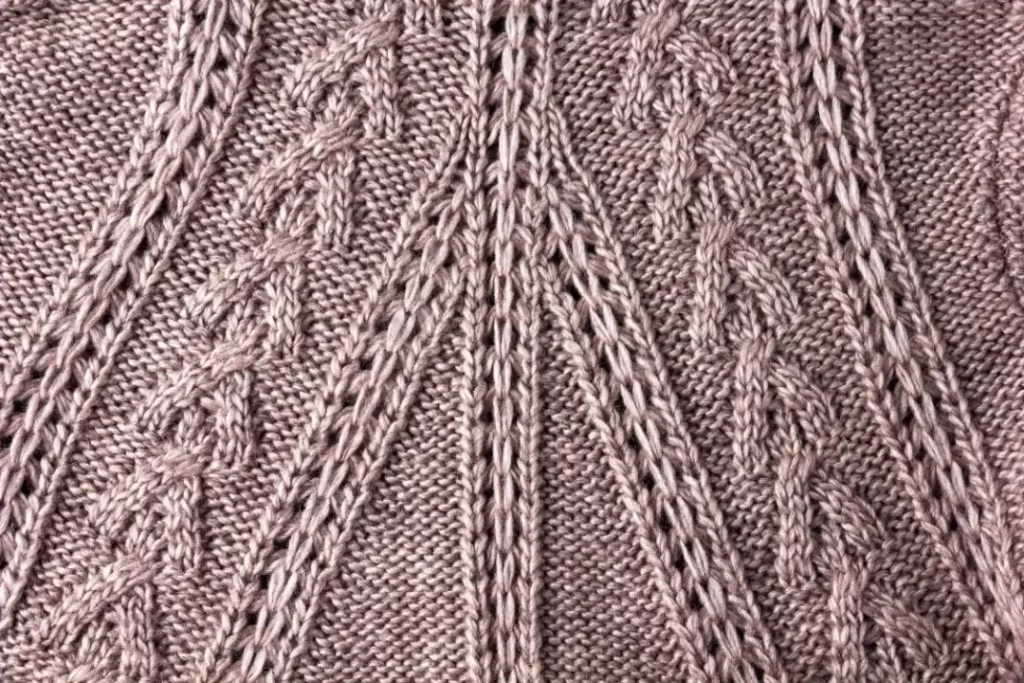
Here, we will introduce you to some of the natural best fabric for sportswear used in sportswear – cotton, bamboo, and wool – and weigh out their pros and cons.
Cotton is one of the most widely available natural fabrics used in sportswear. It’s a classic material that’s highly breathable, soft, and comfortable to wear. In addition, cotton is naturally insulative and can protect you from the sun’s harmful UV rays.
Despite its great features, cotton is not ideal for sports that produce a lot of sweat. It absorbs moisture and sweat, making it heavy and taking a long time to dry. This can result in chafing, irritation, and a generally uncomfortable feeling during your activity. Cotton is also quite popular for soft and durable hoodies, you can also explore our cotton hoodies by exploring this page.

|
Advantages
|
Disadvantages
|
|---|---|
|
Breathable
|
Absorbs moisture and sweat
|
|
soft
|
Bulkier and pricier
|
|
Comfortable
|
Take a long time to dry
|
Bamboo is an eco-friendly natural fabric that’s becoming increasingly popular for sportswear manufacturing. Bamboo fabric is naturally anti-bacterial, moisture-wicking, and soft, providing great comfort and odor control for extended exercise periods.
One of the downsides of bamboo fabric is its availability and cost, which can be higher than other types of natural or synthetic fabrics. Nonetheless, the benefits of using bamboo fabric make it worth exploring, especially if you care about sustainability.

|
Advantages
|
Disadvantages
|
|---|---|
|
Sustainable
|
Not as widely available
|
|
Anti-Bacterial
|
can be expensive
|
|
Moisture-wicking
|
|
Wool is a natural fabric recognized for its warmth, breathability, and moisture management. It’s often used in sports activities, like hiking and running during cold temperatures, due to its insulating property. In addition, wool is odor-resistant, so you can wear it for weeks without it starting to smell.
The downside of wool is that it can be itchy for some people and isn’t as widely used for sportswear compared to polyester or nylon. However, the benefits of its unique features make it a great option for cold-weather sports.
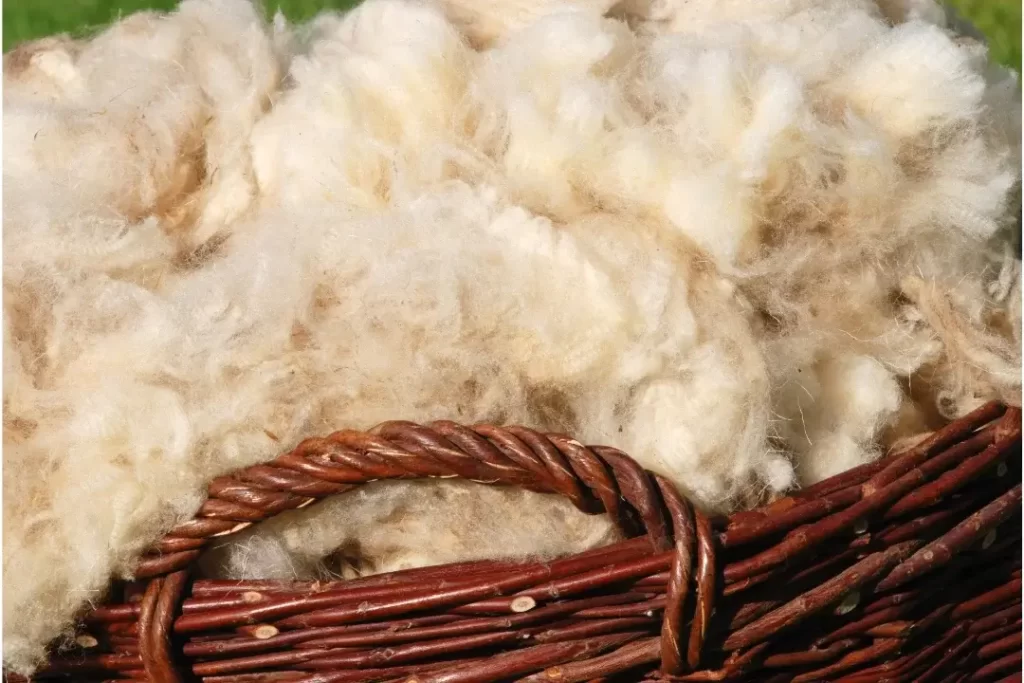
|
Advantages
|
Disadvantages
|
|---|---|
|
Warm
|
can be itchy
|
|
Breathable
|
not as widely used for sportswear
|
|
Moisture-wicking
|
|
Synthetic fabrics are a great option for sportswear due to their strength and durability. In this section, we’ll dive into the different types of synthetic fabrics used in sportswear and their pros and cons.
Polyester is a staple fabric in sportswear due to its durability, lightweight, and moisture-wicking properties. It’s a popular choice for sports activities such as cycling, running, fitness training , and also quite use for hoodies and sweatshirts. While polyester sportswear fabric has numerous strengths, it also has its weaknesses. It’s not as breathable as natural fabrics, which can cause odor buildup, but manufacturers often add antimicrobial properties to help reduce the issue.
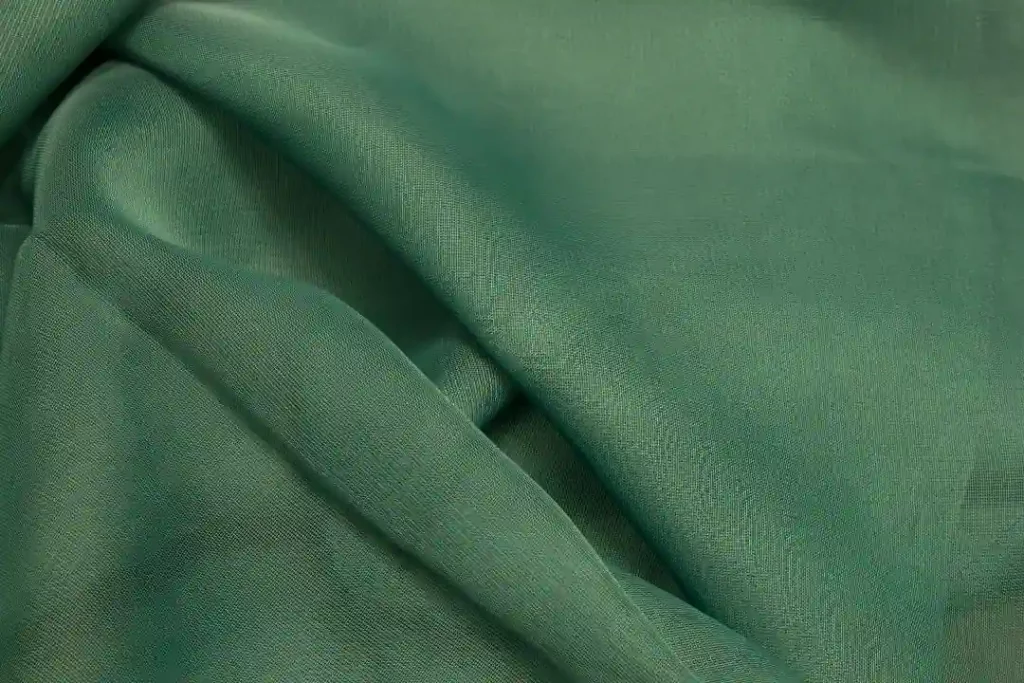
|
Advantages
|
Disadvantages
|
|---|---|
|
Durable
|
Can retain odors
|
|
Lightweight
|
not as breathable as natural fabrics
|
|
Moisture-wicking
|
|
Nylon is another popular synthetic and best fabric for sportswear, thanks to its lightweight, strength, and abrasion-resistant properties. It’s ideal for high-intensity sports like rock climbing, hiking, and cycling.
However, like polyester, nylon can retain odors and isn’t as breathable as natural fabrics, but unlike the former, there’s limited success in adding antimicrobial properties to nylon fabric.

|
Advantages
|
Disadvantages
|
|---|---|
|
Lightweight
|
Can retain odors
|
|
Strong
|
not as breathable as natural fabrics
|
|
Abrasion-resistant
|
|
Spandex is a stretchy and form-fitting synthetic fabric used in sportswear to provide a full range of motion. It’s commonly used in fitness gear like leggings, sports bras, and compression wear making it also one of the best fabric for sportswear.
Spandex is lightweight, quick-drying, and breathable, but its downside is that it’s not as durable as other synthetic fabrics.

|
Advantages
|
Disadvantages
|
|---|---|
|
Stretchy
|
Less durable than other synthetic fabrics
|
|
Form-fitting
|
|
|
allows for a full range of motion
|
|
Polyamide, also known as nylon, is a durable and lightweight synthetic fabric used in sportswear for its strength and abrasion-resistant properties. It’s commonly used in outerwear, jackets, and sport-specific equipment.
While polyamide is an excellent synthetic fabric for specific sports, it’s not widely used in sportswear compared to other synthetic fabrics like polyester or nylon. Learn more about polyamide click here.

|
Advantages
|
Disadvantages
|
|---|---|
|
Strong
|
Not as widely used for sportswear as polyster or nylon
|
|
Lightweight
|
|
|
abrasion-resistant
|
|
Before you learn about which blend of fabric is best for sportswear, you need to understand that blending fabrics offer a unique combination of qualities that can improve your overall sports apparel experience. In this section, we’ll delve into the different types of sports fabric commonly used in sportswear manufacturing and their pros and cons.
The cotton-polyester blend is a versatile and commonly used fabric in sportswear. It’s a combination of cotton’s softness and comfort with polyester’s durability and moisture-wicking properties. This blend of fabrics is ideal for low-intensity workouts like yoga and pilates.
However, one of the downsides of cotton-polyester blends is that they can retain odors if not washed promptly after use.
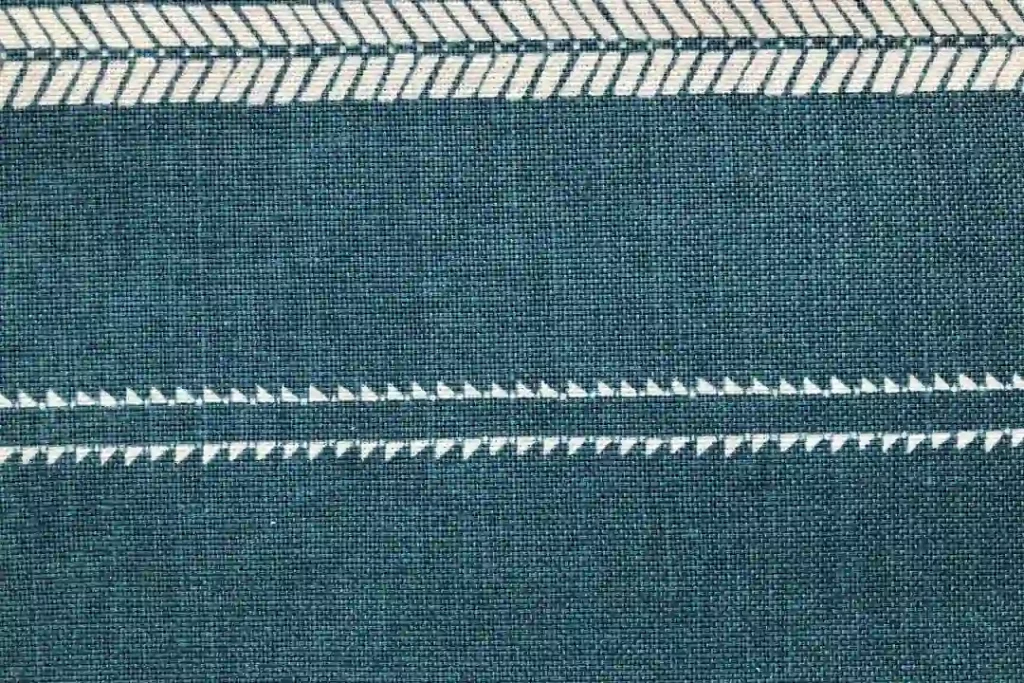
|
Advantages
|
Disadvantages
|
|---|---|
|
Soft
|
Can retain odors
|
|
Comfortable
|
|
|
Durable
|
|
A nylon-spandex blend creates a fabric with excellent stretchability and flexibility, perfect for sports activities requiring a full range of motion, like dance or gymnastics. The blend maximizes the strength and quick-drying properties of nylon and the stretchiness of spandex.
One of the downsides of this blend is that it’s not as breathable as natural fabrics. Nonetheless, its unique properties make it a great option for high-intensity workouts.

|
Advantages
|
Disadvantages
|
|---|---|
|
Strong
|
Not as breathable as natura; fabrics
|
|
Quick-drying
|
|
|
Great stretchability
|
|
Polyester-spandex blends combine durability, moisture-wicking properties, and stretchiness, making them a popular choice for sport-specific equipment like gloves and protective gear or in sports such as running and cycling, where flexibility and durability are crucial.
While the blend is moisture-wicking eventually odors become a problem if not washed immediately.

|
Advantages
|
Disadvantages
|
|---|---|
|
Durable
|
Can retain odors
|
|
Moisture-wicking
|
|
|
Stretchy
|
|
Spandex vs polyester are both popular synthetic fabrics for sportswear due to their moisture-wicking and stretchy properties.
Polyester is lightweight and durable, making it an ideal fabric for high-intensity activities, like running, cycling, and hiking. Its disadvantage is that it’s not as stretchy as spandex.
Spandex, on the other hand, is known for its stretchability, making it ideal for sports activities that require full-body movement, such as yoga and dance. So it’s one of the best fabric for sportswear.

Best use for polyester: High-intensity sports activities like running, cycling, and hiking
Best use for spandex: Sports activities that require full-body movement like yoga and dance
Nylon and spandex blend are commonly combined to create a durable and stretchy fabric perfect for sportswear use.
Nylon is strong, lightweight, durable, and abrasion-resistant, making it an ideal fabric for outdoor activities such as hiking and camping. Its disadvantage is that it’s not as stretchy as spandex bu its still one of the best fabric for sportswear.
Spandex is soft, comfortable, strong, and stretchy, making it great for sports activities that require flexibility and a full range of motion.
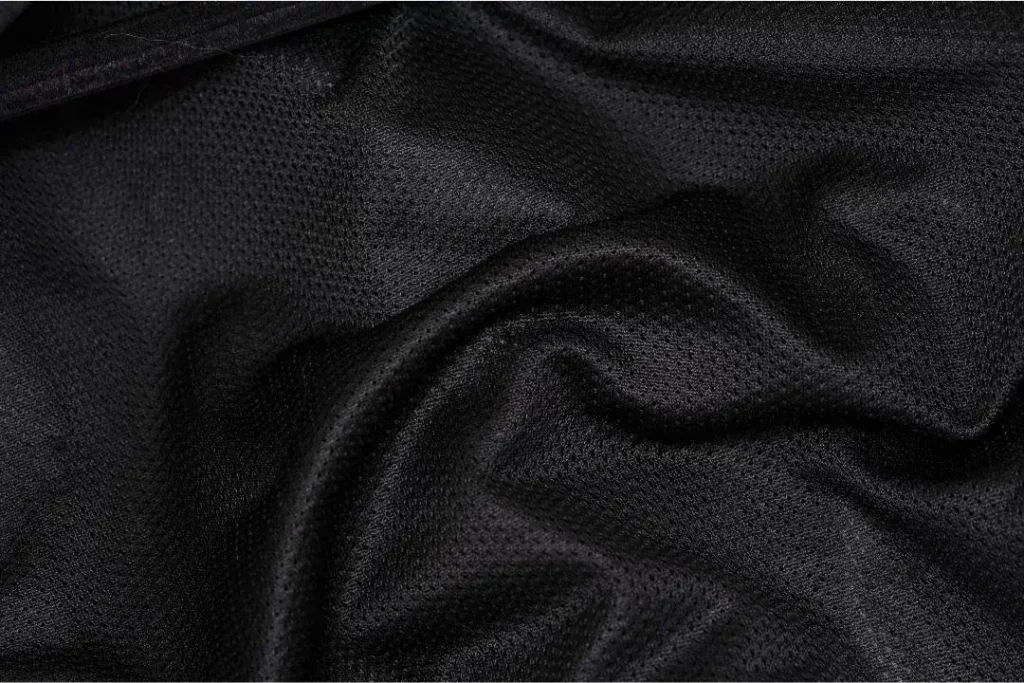
Best use for nylon: Outdoor sports activities such as hiking and camping
Best use for spandex: Sports activities that require flexibility and a full range of movement, like dancing and gymnastics
Polyamide and spandex blend are known for their durability and flexibility.
Polyamide is strong, lightweight, and abrasion-resistant, making it an ideal fabric for outdoor activities such as skiing and snowboarding. Its downside is that it’s not as stretchy as spandex.
Spandex is soft, comfortable, and stretchy, making it excellent for sports activities that require flexibility and lightness like running and cycling.

Best use for polyamide: Outdoor sports activities such as skiing and snowboarding
Best use for spandex: Sports activities that require flexibility and lightness like running and cycling
When shopping for sportswear fabric, it’s essential to choose fabrics that align with your specific sport and performance needs. In this section, we’ll cover the different types of sportswear fabrics and how to choose the right fabric for your sport.
Sportswear fabrics used for specific activities such as running, yoga or weightlifting need to cater to specific requirements. For example, running gear requires lightweight, moisture-wicking, and quick-drying fabrics to prevent overheating, whereas, for weightlifting, durable and stretchy fabrics that don’t tear easily are ideal.
Sportswear fabrics can also differ based on their performance needs, such as compression or insulation. Compression fabrics are ideal for sports activities that require muscle support, like cycling, as they help reduce muscle fatigue and increase recovery time. Insulation fabrics are perfect for winter sports like skiing and snowboarding, as they help retain warmth.
When choosing sportswear fabrics, consider the climate, activity type, and your specific needs. For example, cold-weather sports and activities require fabrics with insulating qualities in contrast to hot, humid weather sports that require breathable and moisture-wicking fabrics.
Here are some of the best fabric for workout clothes or specific sports and activities:
Fabrics that are lightweight, moisture-wicking, and quick-drying.
Fabrics that are stretchy, moisture-wicking, and breathable.
Fabrics that are compression-friendly, moisture-wicking, and breathable.
Fabrics that are chlorine-resistant and quick-drying.
Fabrics that have insulating properties and moisture-wicking features.
Fabrics that are durable, flexible, and provide compression.
Choosing the best fabric for sportswear is crucial for performance and comfort during any physical activity. Natural fabrics like cotton, wool, and bamboo are best for low-intensity workouts, while synthetic fabrics like polyester, nylon, and spandex are suitable for high-intensity ones. Always consider the requirements of your sport or activity to choose the right fabric with the ideal balance of comfort, durability, and performance-enhancing properties. Lastly, carefully follow the care instructions to maintain the fabric and prolong its lifespan. By choosing the best fabric for your sportswear, you can elevate your performance and comfort during workouts, leading to better fitness outcomes.
Several factors come into play when selecting fabric for sportswear. These factors include moisture-wicking, breathability, durability, stretch and resilience, comfort, and UV protection.
The different types of sportswear fabric available include polyester, nylon, spandex, merino wool, and bamboo.
Natural fabrics like cotton, wool, and bamboo are best suited for low-intensity workouts as they provide breathability and are soft and comfortable. These fabrics are also insulative, antibacterial, and UV-protected.
When choosing sportswear fabrics, consider the climate, activity type, and your specific needs. For example, cold-weather sports require fabrics with insulating qualities, while hot, humid weather sports require breathable and moisture-wicking fabrics.
Spandex is not typically considered a breathable fabric. However, spandex blends with other materials like polyester or nylon may have breathable qualities due to their moisture-wicking properties.
The answer to your question ”is nylon stretchable’ is that nylon fabric is not inherently stretchy, but it can be blended with other materials like spandex or elastane to make it stretchy.
Yes, nylon is safe to wear. It is a synthetic fabric that is lightweight, durable, and versatile, making it suitable for various types of clothing.
Cotton is not typically the best material for working out as it absorbs moisture and can become heavy and uncomfortable. However, cotton blends that include spandex or polyester can be suitable for low-intensity exercises.
Athletic shirts can be made of various materials, including synthetic fabrics like polyester and nylon or blends like cotton-spandex or cotton-polyester. The fabric chosen depends on the sport or activity and the desired qualities needed, such as moisture-wicking, breathability, durability, or stretch.
Expert Custom Clothing Manufcaturer

Top Different Types of Shirts for Women and Men Top Different Types of Shirts for

What You Must Know About Clothing Samples? Before You Produce a Single Garment: What You

How Much Does It Cost To Make a Hoodie A Complete Cost Breakdown for Custom

Discover the Types of Buttons Discover the Types of Buttons That Transform Style and Functionality
Most Recent Posts
Expert Custom Clothing Manufcaturer
Join our Mailing list!
Get all latest news, exclusive deals and updates.